SEO & Keyword Research Made Simple: A Beginner’s Guide
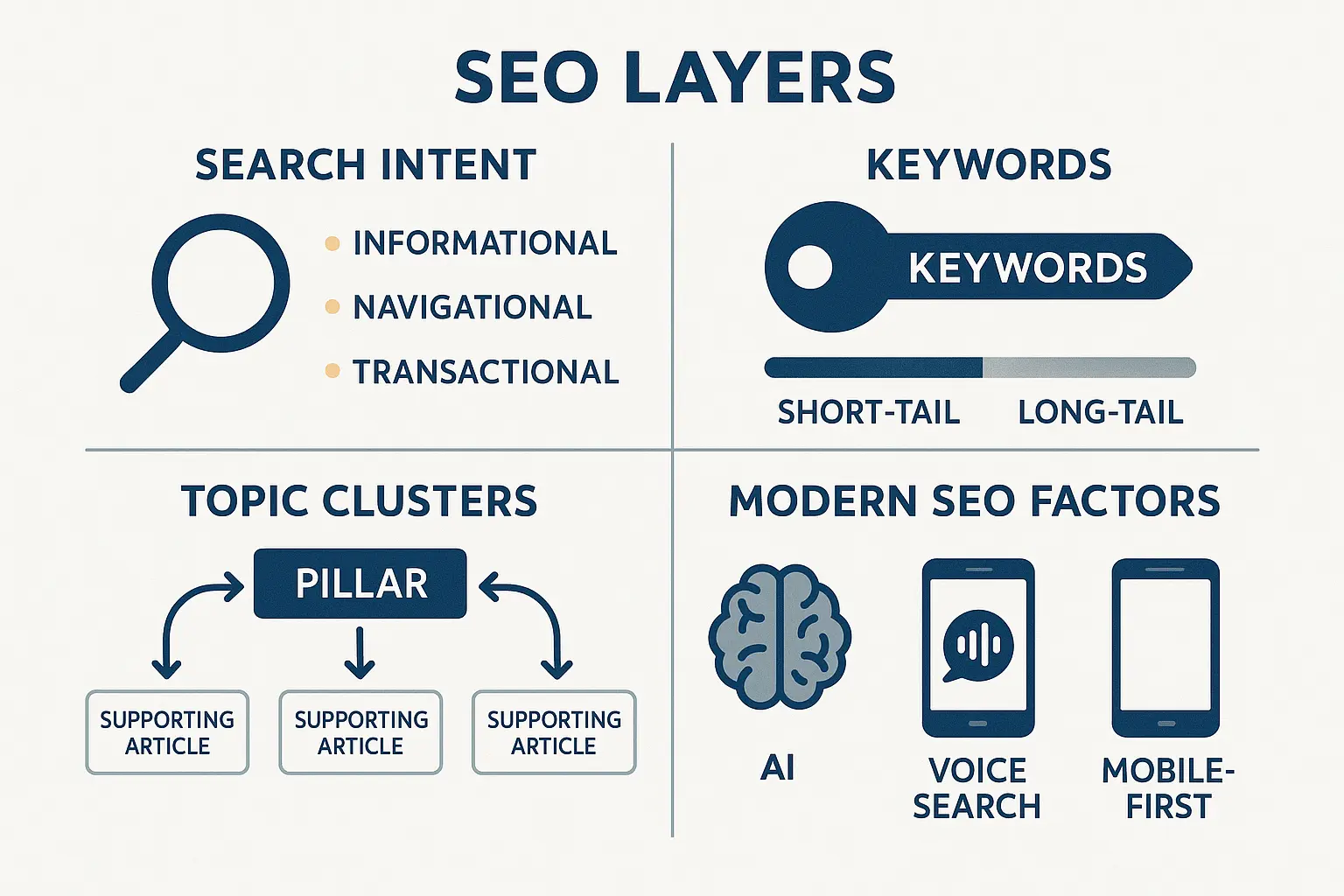
Imagine you open a shop in a busy city, but no one knows where it is. That’s exactly what happens when your website isn’t optimised for search engines. SEO (Search Engine Optimisation) makes sure your business shows up when people search online. Without it, you’re invisible. In today’s competitive world, good content is not enough — you need the right keywords, strategy, and structure to reach the right people. This article explains SEO basics, why it matters, and new SEO approaches, and gives you a keyword template to start today.
What is SEO & Why Do You Need It?
SEO is the practice of improving your website so it ranks higher on Google (or other search engines).
Why it matters:
- 93% of online experiences begin with a search.
- Ranking on page 1 means more traffic, more leads, and more sales.
- Paid ads stop when your budget ends, but SEO keeps bringing traffic.
In short, SEO is free marketing that works long-term.
Understanding Search Intent
Not all keywords are equal. To succeed, you must understand what the searcher wants:
- Informational intent → “What is SEO?” (seeking knowledge).
- Navigational intent → “SEMRush login” (looking for a brand/site).
- Transactional intent → “Buy Nike running shoes online” (ready to buy).
- Commercial intent → “Best laptops under 50,000” (research before purchase).
Match your content to the intent. Writing a buying guide for someone who just wants definitions won’t convert.
Short-Tail vs Long-Tail Keywords
1. Short-tail keywords → “SEO,” “shoes,” “marketing.”
- High search volume, but highly competitive.
2. Long-tail keywords → “best SEO tools for beginners,” “affordable running shoes for women.”
- Lower competition, higher conversion rates, and more specific to user needs.
Pro tip: Focus on long-tail keywords. They may bring fewer visitors, but they’re more likely to become customers.
Topic Clusters: The Modern SEO Strategy
Google no longer ranks sites just on keywords — it values authority and relevance.
Topic cluster approach:
- Pick a pillar topic (e.g., “Digital Marketing”).
- Create supporting cluster articles (e.g., “SEO Basics,” “Social Media Marketing,” “Email Marketing”).
- Link them together → builds authority.
This structure signals to Google that your site is a trusted resource on that topic.
New SEO Plans: What’s Changing
- AI & Search Generative Experience (SGE) → Google now shows AI summaries, so ranking in featured snippets is key.
- Voice Search Optimisation → People ask questions (“Hey Siri, best cafes near me?”). Use natural language and FAQs.
- E-E-A-T (Experience, Expertise, Authoritativeness, Trustworthiness) → Show credentials, author bios, case studies.
- Mobile-first SEO → Google ranks mobile usability first.
- Core Web Vitals → Site speed, interaction, and visual stability are ranking factors.
SEO is no longer about keyword stuffing — it’s about quality, trust, and usability.
Tools to Find Keywords & SEO Opportunities
- Google Keyword Planner (free) → Great starting point.
- Ubersuggest → Free/affordable tool for beginners.
- Ahrefs → Advanced tool for keyword difficulty & competitor research.
- SEMRush → Complete SEO & content marketing platform.
- AnswerThePublic → Generates keyword ideas in Q&A format.
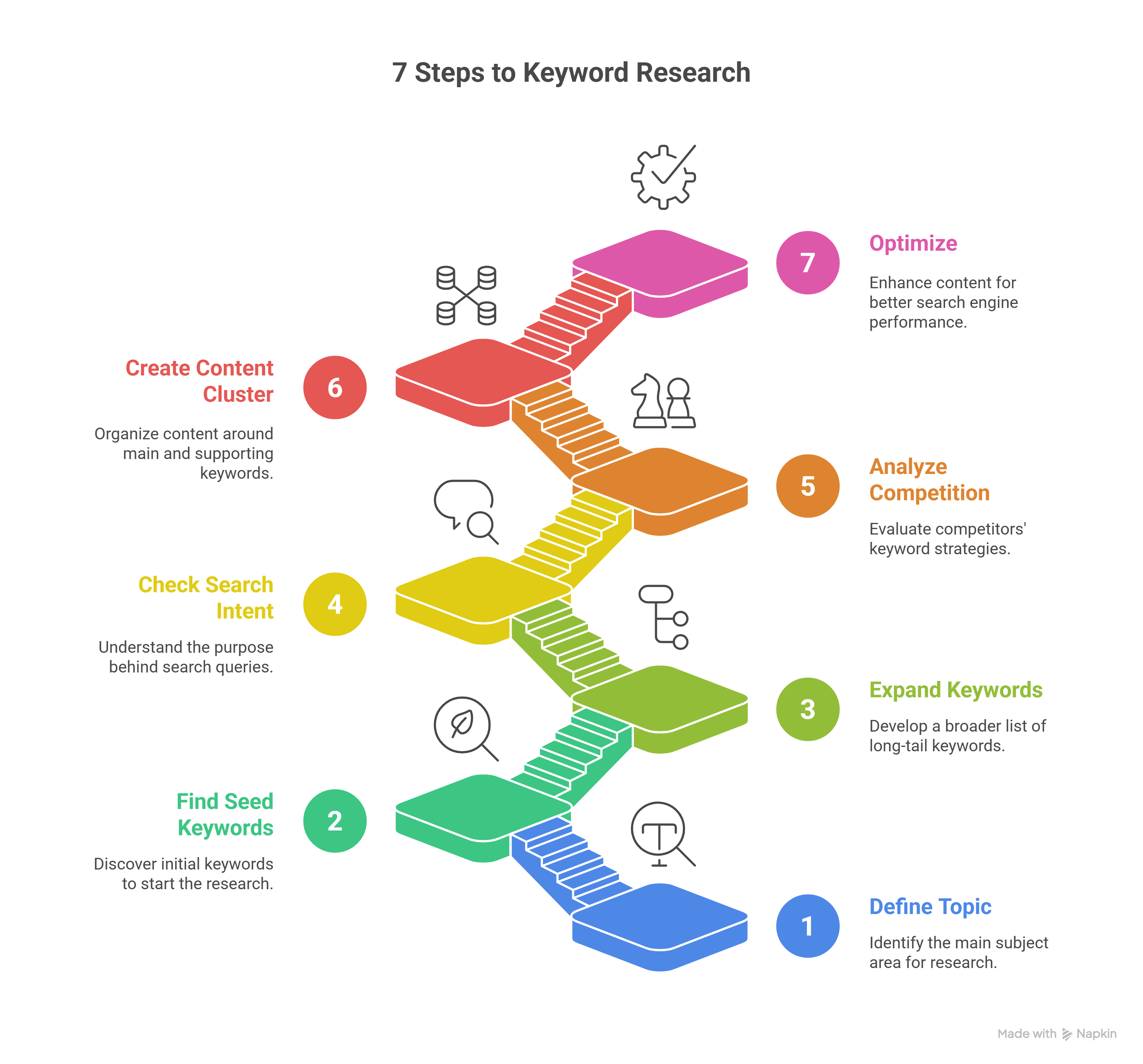
Quick SEO Action Plan
1. Pick one main keyword per page.
2. Add it naturally in:
- Title (H1),
- First 100 words,
- Subheadings,
- Meta description,
- Image alt tags.
3. Build supporting content around it.
4. Earn backlinks by guest posting or sharing insights.
Conclusion
SEO is not just about ranking — it’s about being visible to the right people at the right time. By understanding intent, focusing on long-tail keywords, using topic clusters, and following modern SEO strategies, you can build sustainable traffic that converts. Remember, SEO is a long game, but every small step compounds over time.
To truly master it, you should also understand the three main pillars of SEO:
- On-Page SEO: Optimising your website content, titles, meta tags, and keywords.
- Off-Page SEO: Building backlinks, improving authority, and online reputation.
- Technical SEO: Ensuring your site is fast, mobile-friendly, and crawlable by search engines.
All three work together like gears in a machine — if one slows down, your entire SEO performance suffers.
Pick one topic today, run it through Ubersuggest or Google Keyword Planner, and fill out the keyword template. That’s your first step toward smarter SEO.
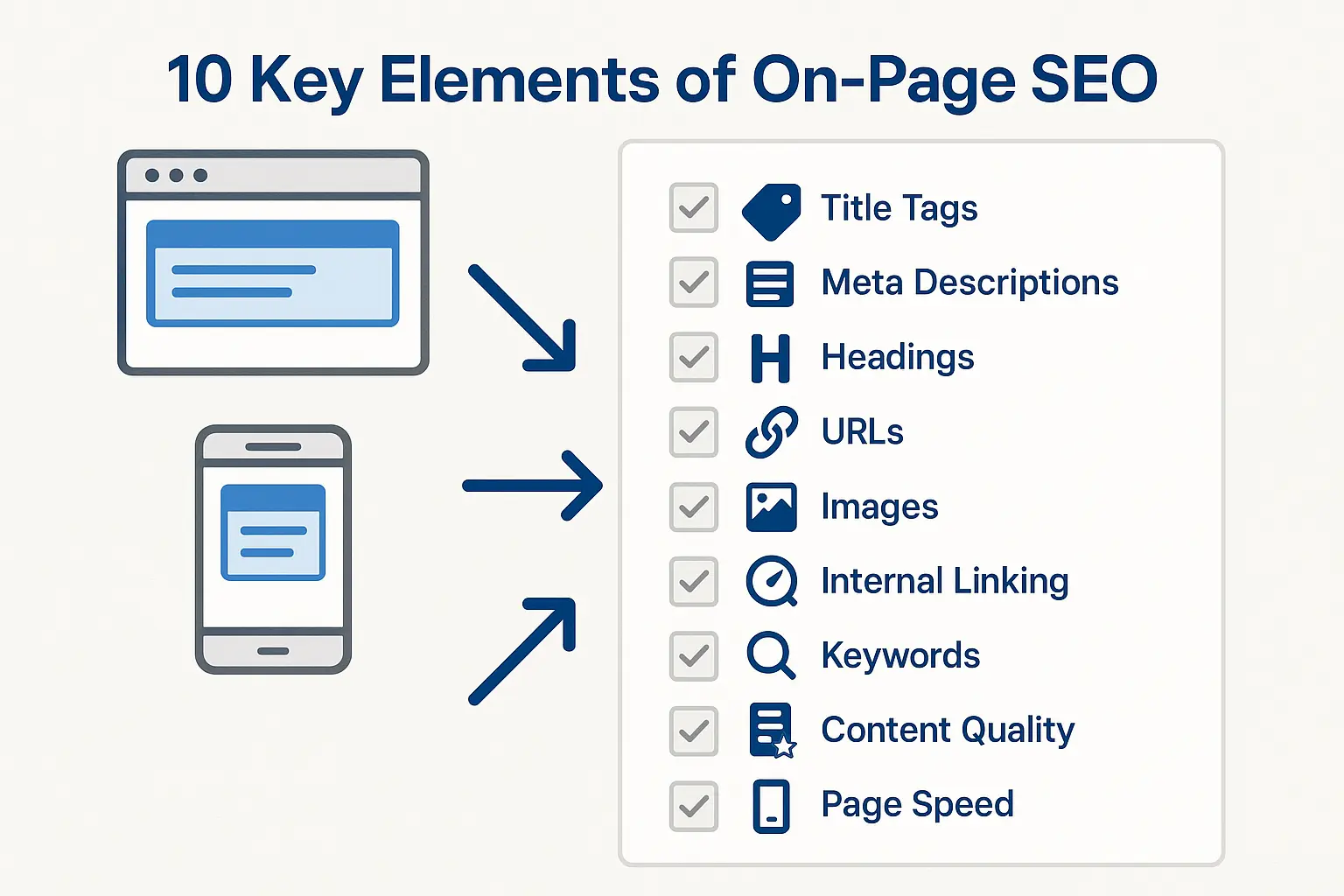
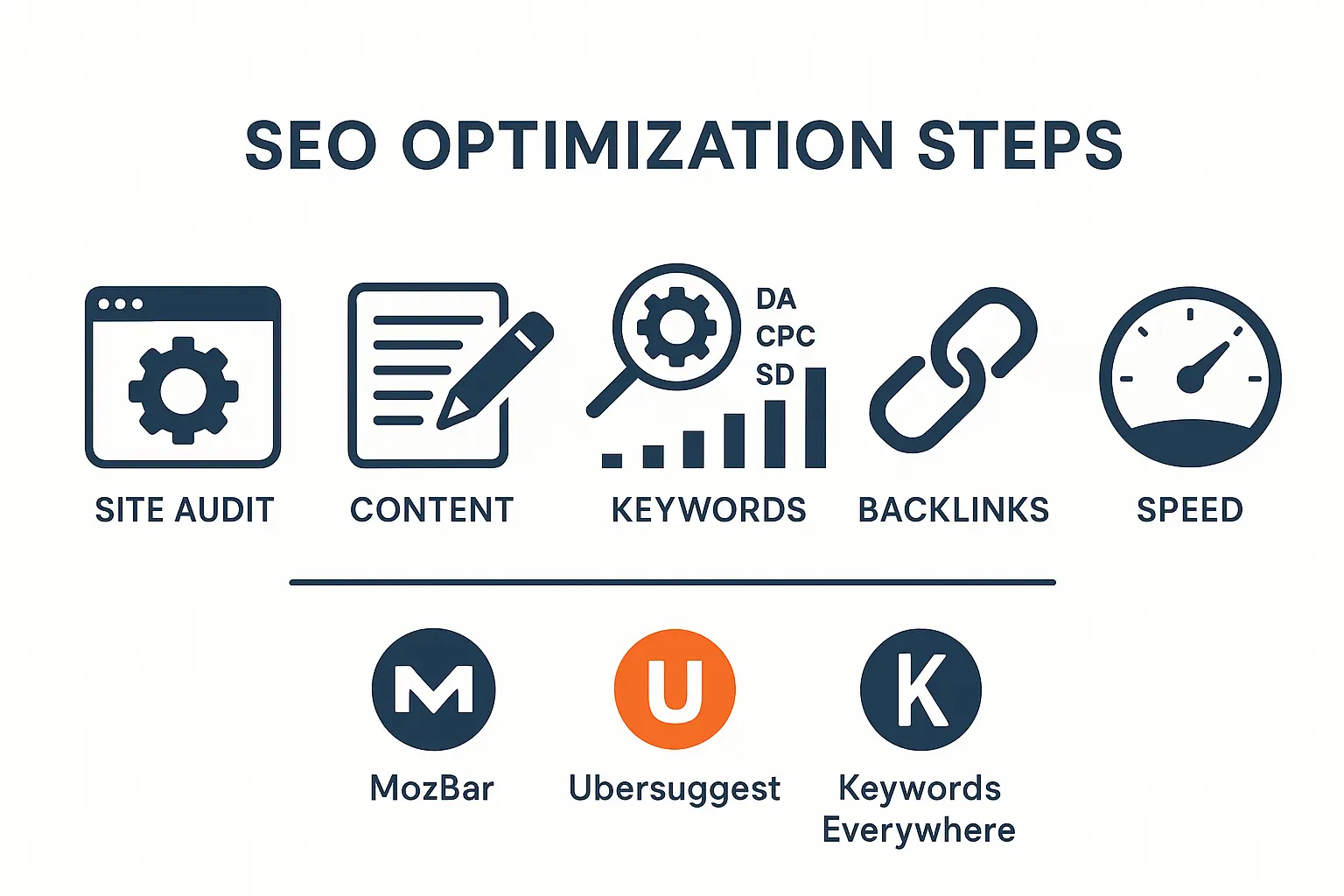
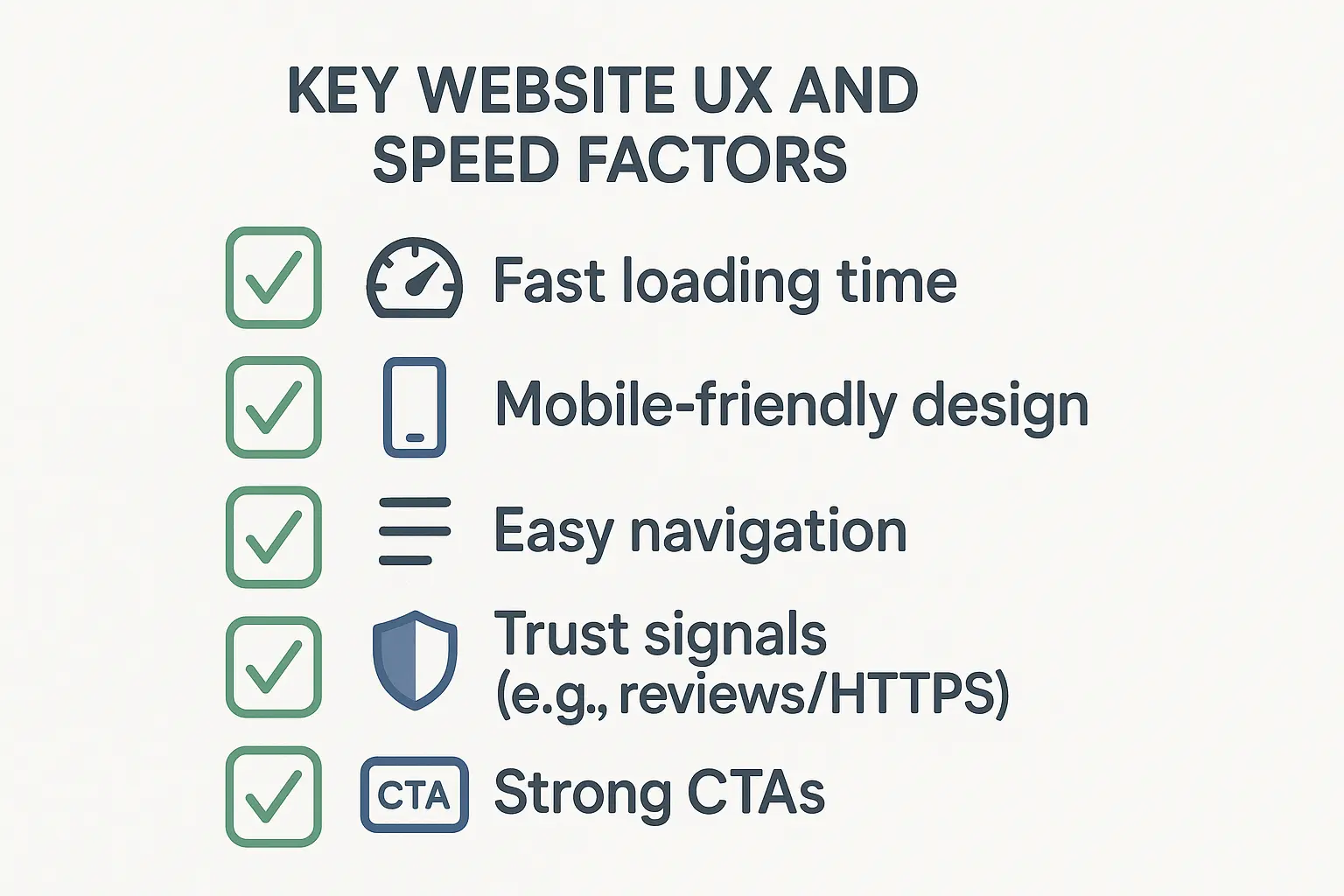
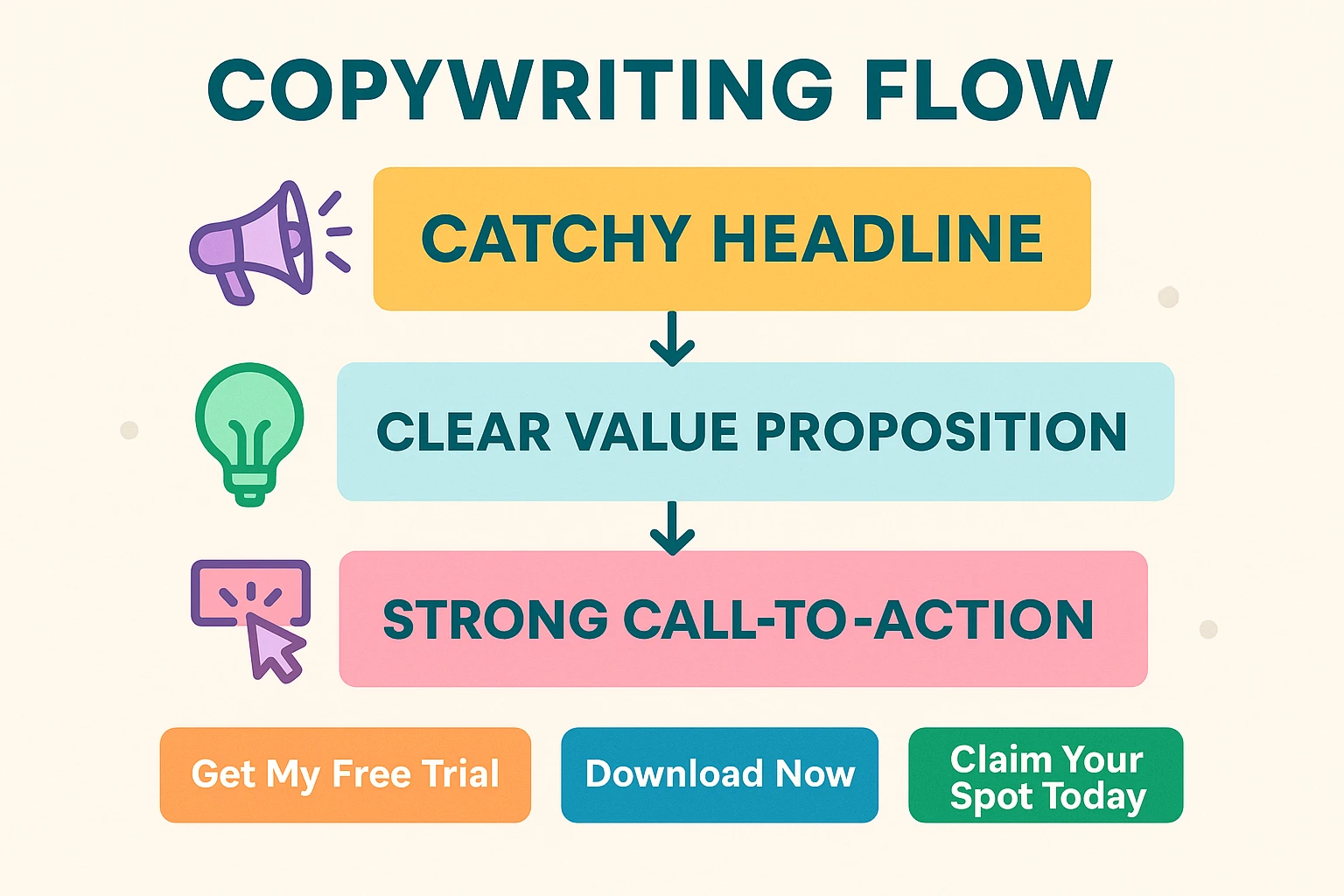
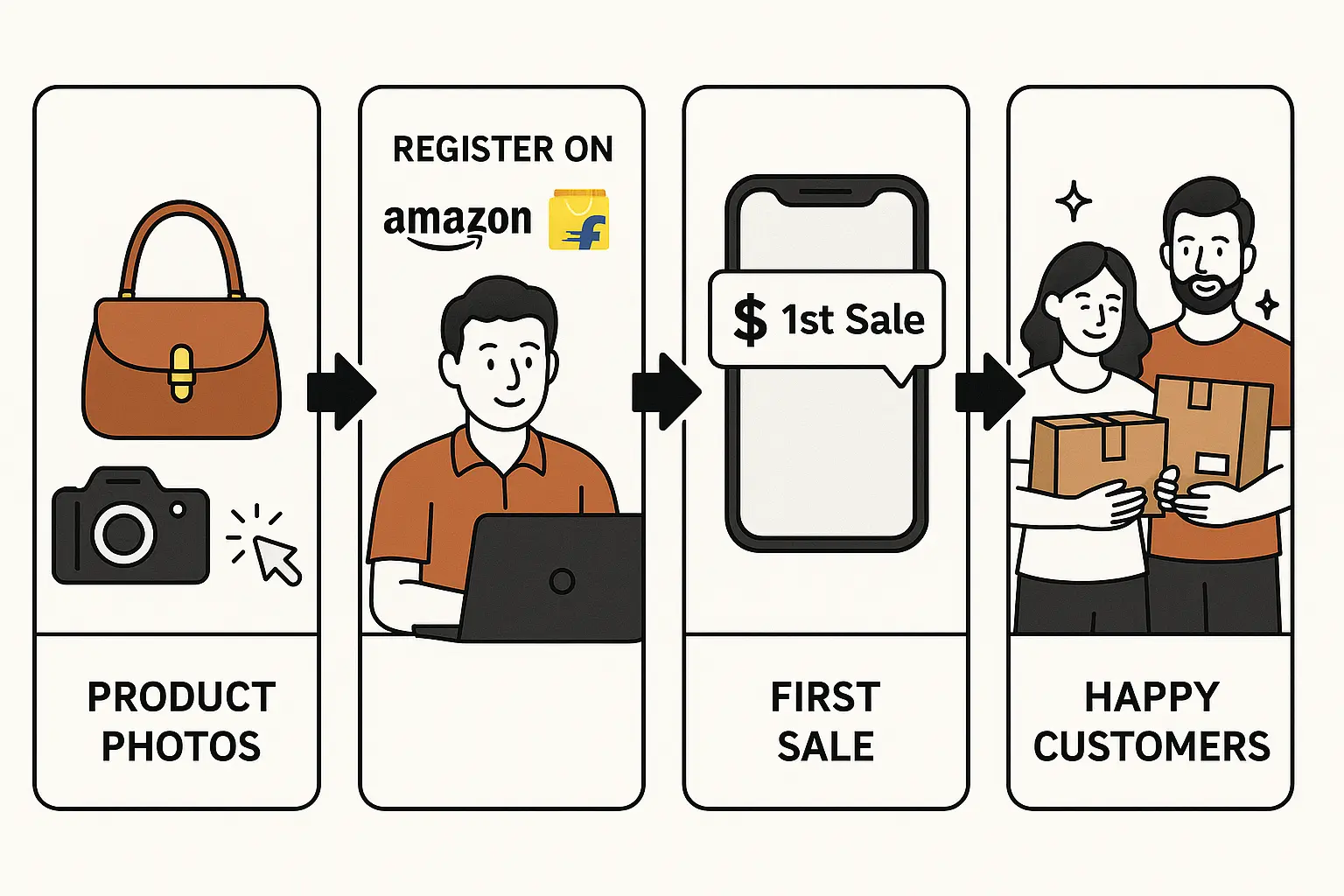
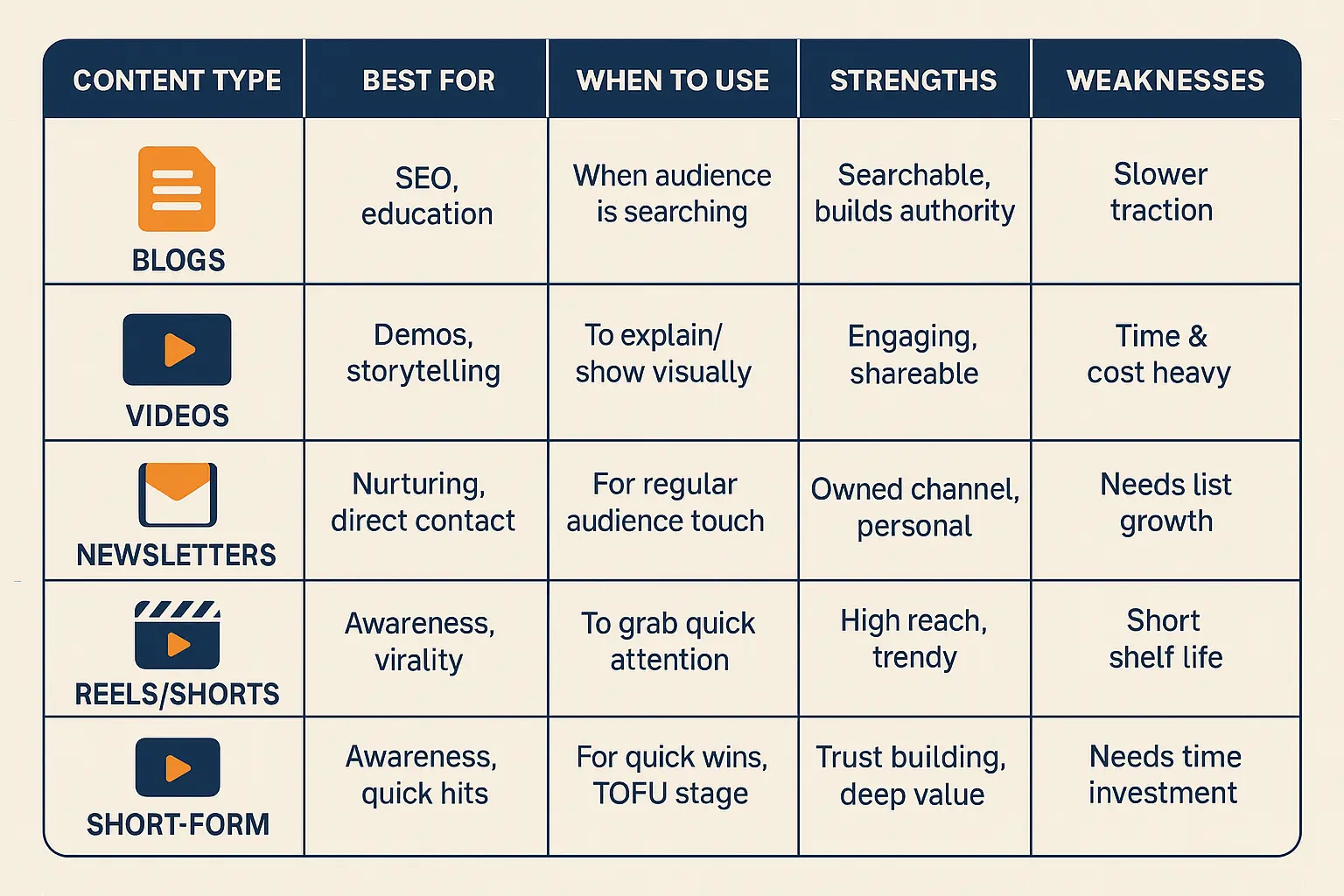


No comments yet. Be the first to comment!